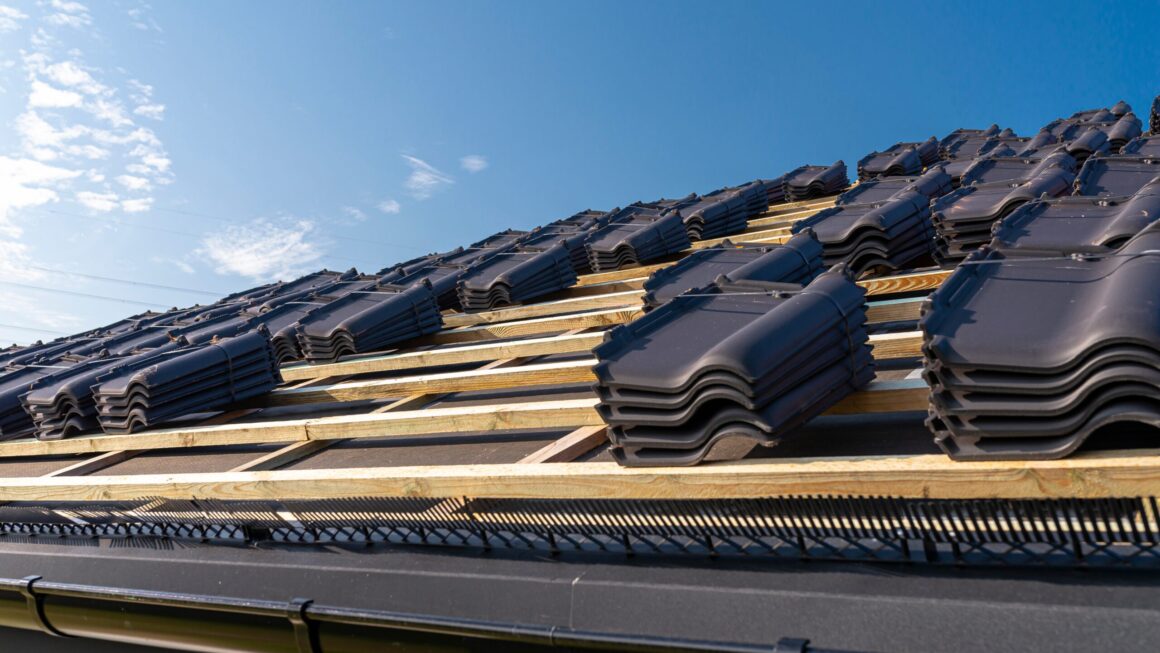As a homeowner, you’re likely well aware of the importance of proper home maintenance. One critical aspect of home maintenance that is often overlooked, however, is the condition of your roof. While a new roof can be a significant investment, there are numerous reasons why prioritizing roof replacement is well worth the cost. Still, it can be difficult to choose a new roof. From durability to aesthetics, there are many factors to consider when choosing the right roofing material. In this article, we will discuss some factors to consider when selecting the right material for your new roof.
Evaluating Your Roof’s Requirements

Understanding the specific needs of your roof is crucial in determining the right roofing material. These needs can vary depending on the climate in your region, your home’s architectural design, and your personal preferences. Start by examining your roof’s slopes and angles. Some materials are better suited for steep roofs, while others are ideal for moderate slopes. For example, asphalt shingles and metal roofing can be used on steep roofs, while clay or concrete tiles are suited for more moderate slopes.
The climate in your region is another important factor to consider. Harsher climates can put more strain on your roof, which means you need a material that can withstand extreme conditions. In warmer areas, consider roofing materials that offer excellent insulation and reflectivity to maintain comfortable indoor temperatures. A roofing calculator Florida can, for instance, help you estimate the cost of various materials based on regional factors.
Understanding Roofing Material Options
There are various roofing materials available, each with its advantages and disadvantages. It’s vital to assess the pros and cons of these materials to make an informed choice. Materials commonly used in residential roofing include asphalt shingles, metal, clay or concrete tiles, wood shingles, and slate. Asphalt shingles are among the most popular choices due to their affordability, ease of installation, and availability in various colors, though they tend to have a shorter lifespan compared to other materials.
Metal roofing is durable, energy-efficient, and lightweight but can be more expensive than asphalt. Clay or concrete tiles offer remarkable durability and natural insulation but can be heavy and require a stronger roof structure. Wood shingles and slate are luxurious choices with longer lifespans, but they can be more costly and require regular maintenance. Take time to research these materials, their costs, and maintenance requirements, to make a well-informed decision for your home’s specific needs.
Checking Compatibility with Local Building Codes
Before you decide on the roofing material, it’s essential to check your local building codes and regulations. Some areas may have restrictions on which materials can be used, or they might require specific fire resistance ratings. If you live in a community with a homeowners’ association (HOA), there might be guidelines on the color, style, or type of roofing materials allowed. Be sure to review any relevant regulations or requirements to avoid any issues after installation. Contact your local building department or your HOA to find out more about the applicable rules in your area.
Assessing the Environmental Impact

Another factor to consider is the environmental impact of your chosen roofing material. The manufacturing, transportation, and disposal processes of some materials can contribute to greenhouse gas emissions and environmental challenges. Look for materials that are sustainably sourced, recyclable, and have low-impact production processes. Metal roofing, for example, is often made from recycled materials and can be recycled at the end of its lifespan. If you choose to sell in the future, environmentally friendly homes are becoming increasingly popular with prospective buyers.
Green roofing options, such as living roofs or solar shingles, can add energy efficiency and reduce your home’s environmental footprint. Weigh the environmental factors in your decision-making process to make an eco-conscious choice that benefits both your home and the planet. This isn’t just a good idea from a practical perspective, it’s also the right thing to do to help win the fight against climate change.
As you can see, choosing the right roofing material depends on various factors, including your roof’s needs, available material options, local building codes, and environmental considerations. With careful research and consideration, you’ll be well-equipped to select the ideal material for your new roof. If you follow the advice in this article, you’ll be on your way to having a new, high-quality roof that will protect you and your family for years to come.

